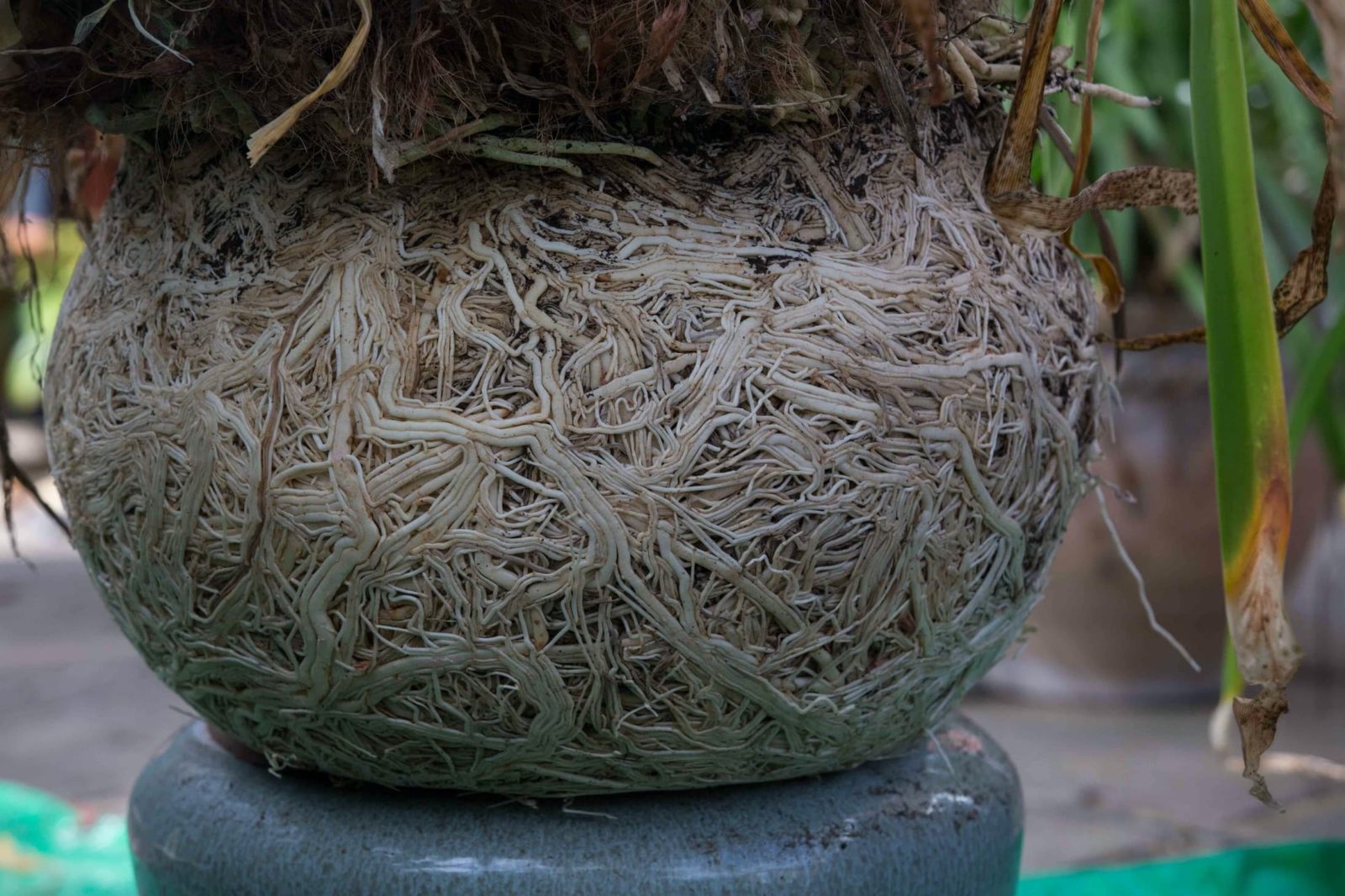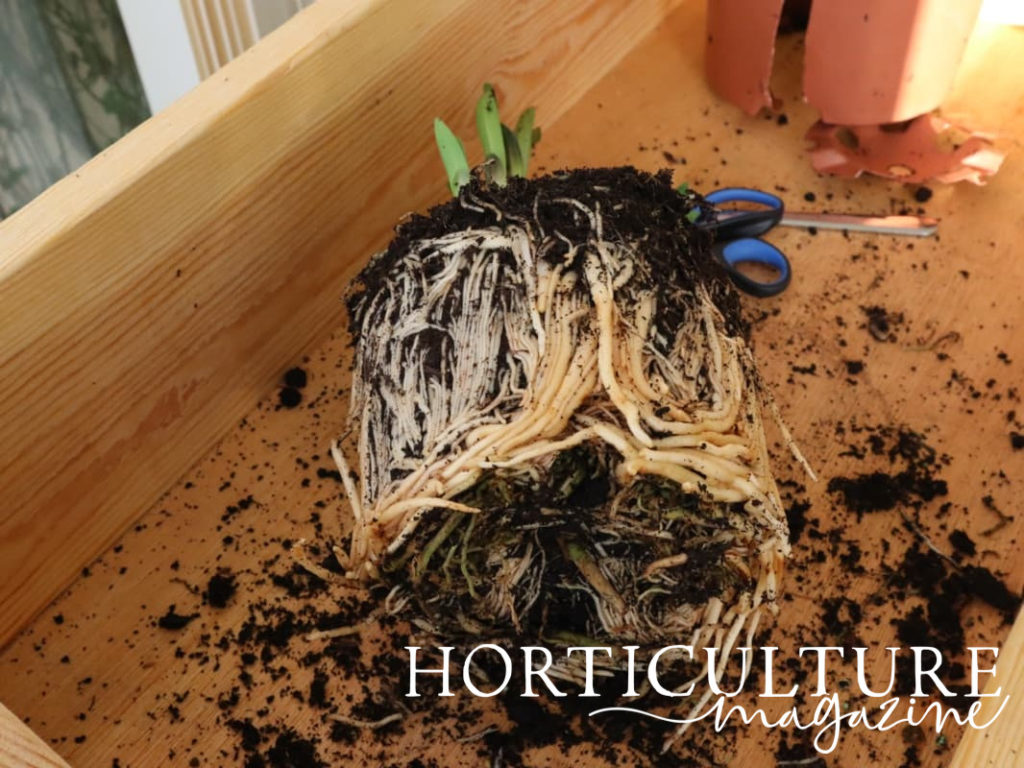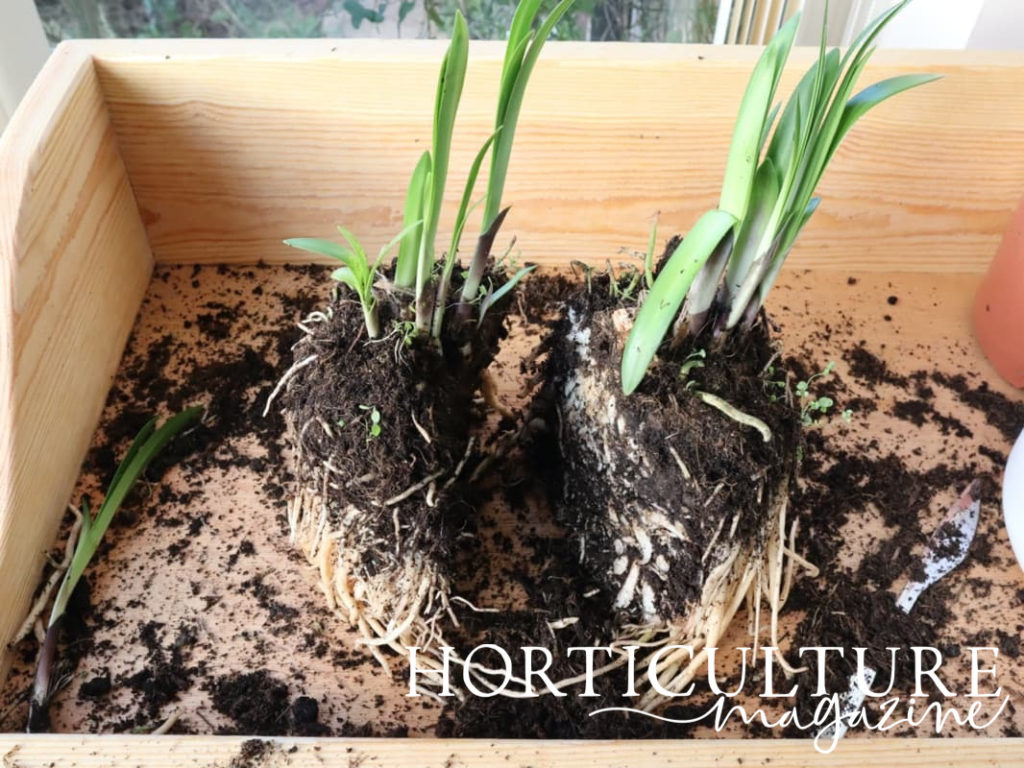How To Lift And Divide Agapanthus To Increase Your Collection Of Plants

PERENNIALS > AGAPANTHUS > DIVIDING

Elizabeth is a Permaculture Garden Designer, Sustainability Consultant and Professional Writer, working as an advocate for positive change. She graduated from the University of St. Andrews with an MA in English and Philosophy and obtained a Diploma in Applied Permaculture Design from the Permaculture Association.
Reviewed By DAN ORI

Dan has over 27 years’ under his belt caring for plants and gardens. Working as a Horticultural Instructor and Consultant, he draws on a diverse range of experience that includes working as a Head Gardener, Tree Surgeon, Garden Centre Trouble Shooter, and writer of academic papers. Dan has a Level 3 Diploma in Horticulture and is currently a candidate for the RHS’s most prestigious award – The Master of Horticulture.
IN THIS GUIDE
AGAPANTHUS GUIDES
Common Problems
Container Growing
Deadheading
Propagation
– Growing From Seed
– Dividing
Pruning
Repotting
Varieties
Winter Care
Agapanthus are not native to our shores, but they can be grown either in containers (brought under cover in winter) or in a border in a very sheltered, warm, sunny and protected spot.
Learning how to lift and divide Agapanthus will make it easy for you to propagate an existing plant, and increase your collection of these attractive perennials.
Dividing Agapanthus can help ease congestion for a very mature clump and make new Agapanthus plants for your garden identical to the parent plant.
This is a very easy and simple process.
All you have to do is:
- Gently lift a mature Agapanthus from its container or from the ground.
- Carefully knock off excess soil or growing medium so you can see more clearly.
- Carefully separate the plant into divisions.
- Repot or replant each section.
- Place a mulch of grit or gravel (or another decorative mulch) around the plants.
Below, we’ll talk you through this process in a little more depth.
1) Lift Your Agapanthus

Any healthy, mature Agapanthus is a suitable candidate for division.
Once you have identified a plant which you would like to divide, the first step is to lift it from the soil or growing medium.
An Agapanthus growing in a container can easily be knocked out.
One growing in a bed or border can be gently lifted with a spade or garden fork.
2) Knock Off Excess Soil

In order to see the root system more clearly, knock off excess soil or growing medium from around the roots.
This will make it easier for you to check that the roots are healthy, and will also make the division process a little bit easier.
3) Divide Your Agapanthus




Once you can see the roots, your goal is to split the existing root system into a number of sections.
Sometimes, you may be able to tease off smaller sections of the plant by hand.
In other cases, you may need to cut through the roots.
This is easily done by placing the plant on the ground and cutting through it with a garden spade, or by teasing it apart with a garden fork.
“For large clumps, I like to press two spades into the roots back-to-back, pushing the handles together levers the roots apart easily,” shares Dan Ori, a Horticultural Instructor and Consultant.
“Using an old pruning saw or bread knife can also work well when dividing up a plant that can’t be teased apart.”
4) Repot Or Replant Each Division

How many divisions you wish to make will depend, of course, on the size of the plant you are dividing, and on your needs or desires.
Just make sure that each section has some strong roots, and some above-ground growth.

Try to repot or replant each division as soon as possible.
Spring and autumn are the best times for this job because the conditions at these times of year will tend to be conducive to transplantation and the risk of transplantation shock will be reduced.

Make sure that you plant Agapanthus into a moist yet free-draining soil or a peat-free loam-based potting mix with added sand or grit.
5) Add A Mulch Around The Plants
Finally, once you have replanted your divisions, it can be helpful to add a mulch of gravel or grit, or another decorative mulch, which will help with moisture retention – and also help to ensure that water does not sit around the base of the plants.
